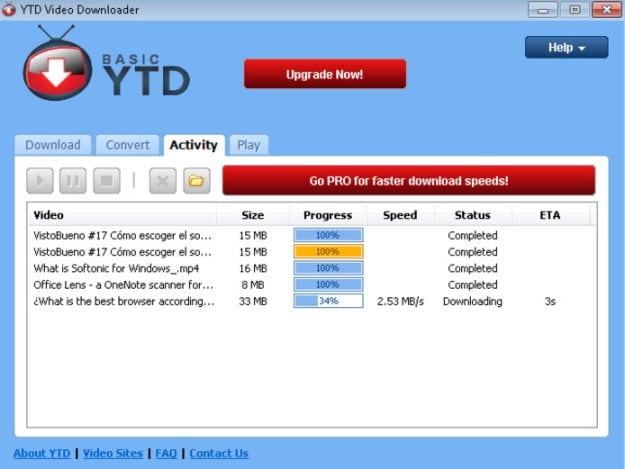

This is an important distinction because not all companies follow the same fiscal year, so dates may vary across companies when calculating the YTD. You also can use it for annualizing investments and finding the return on a portfolio.Īccountants at organizations often measure time using the fiscal year, which is 12 months long and doesn't always begin on Jan. You can use YTD calculations for financial reporting, analyzing business trends and comparing data. Year-to-date refers to a specific period that starts on the first day of the fiscal or calendar year and ends at the current date or a specified date before the end of the year. What is a YTD calculation?Ī YTD calculation is a measurement that tracks how much the value of something, such as an investment, changed since the start of a period. In this article, we discuss what a year-to-date calculation is, list the benefits of doing it, explain how you can calculate it and provide examples.


If you're in a management role, calculating the YTD can help you determine the company's net profit or loss over a set period. It's an effective way to determine the financial health of a company without waiting until the end of the fiscal year. Year-to-date (YTD) calculations are useful in many industries, such as business management, accounting and finance.


 0 kommentar(er)
0 kommentar(er)
